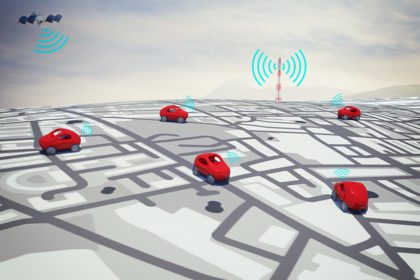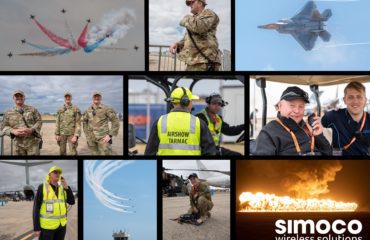
Visibility is a key challenge for every organisation. Understanding what is going on within the business – particularly as it grow and changes – is critical in order to retain control of that business, and ensure it grows in the right way.
Yet visibility means a multitude of different things. It can mean understanding what different staff members are working on at different times. It can mean keeping track of which products and services are selling better than others. And, in the case of organisations incorporating a fleet of vehicles, it can mean knowing where each of those vehicles are located, where they are travelling to, and where they need to go next.
A state of constant flux
Such organisations, whether transport operators such as bus, rail and taxi firms, emergency services or manufacturing and logistics providers, vary enormously when it comes to the scale and scope of their fleets. A local taxi firm may have ten cars to keep track of within a relatively small geographical area, while a logistics business might need to monitor and manage thousands of trucks nationally or even internationally.
Yet regardless of these variations, the core visibility challenges are very similar. A centralised dispatcher or multiple teams of dispatchers need to be able to track every individual vehicle, in real time – and to communicate with those vehicles in order to relay instructions, alter routes or schedules in response to incidents or new demands, and build an overall picture of how the fleet is performing.
The whole picture is complicated, of course, by the continuous movement of every vehicle within that fleet. Additionally, there is other data to bear in mind such as the time an individual driver has been on the road, for example, or the qualifications that they hold, since these can have a bearing on where drivers can be sent next, or the jobs they can take on.
Maintaining visibility and control through this state of constant flux can be achieved – it just requires the right technology – or rather, technologies.
Dispatchers and AVLs
Pairing a radio Dispatch solution with Automatic Vehicle Location, or AVL, is a simple and cost-effective way of achieving the real-time visibility required to effectively manage a fleet of vehicles, whilst also generating useful data for enhancing performance in the future.
This two-part solution begins with a Radio Dispatcher, which supports voice and data communications between the centralised office or offices, and the moving vehicles comprising the fleet. Radio Dispatchers come in multiple different flavours depending on the precise needs of the organisation in question, but Digital Mobile Radio (DMR) architectures are often a sensible choice. They support all DMR voice types, along with short data messages (SDMs) and status updates, for quick on-the-go messaging between drivers and dispatchers. Functionality such as group calls, configurable speed dials, and the ability to make broadcast and all unit calls are also built in.
More importantly, a Radio Dispatcher built on a DMR architecture can then be augmented with an AVL solution. This is a display map that indicates in real-time where every DMR device on the network is located. As such, it provides a dynamic, continuously updated illustration of the entire fleet – and provides those centralised offices with unparalleled visibility into both vehicles and routes.
An integrated Dispatch and AVL solution is therefore not merely a way for dispatchers to speak to and instruct their fleet; it is also a way for dispatchers to generate valuable visibility of fleet activity, allowing them to make more informed decisions about where to direct specific vehicles and ultimately improve fleet efficiency. Need to re-route vehicles around an incident, or select the most appropriate driver to make an additional journey? The map functionality within the AVL solution makes it far, far easier.
This is why, at Simoco Wireless Solutions, we have created a high-performance Tier III Dispatcher with the option of fully integrating advanced AVL. You can read more about the solution and its features and benefits here.
Or, why not get in touch with us today to explore how we can generate more visibility into your fleet, and smarter fleet management?
Follow us on LinkedIn
Follow our company LinkedIn page where we share groundbreaking news and stories.


